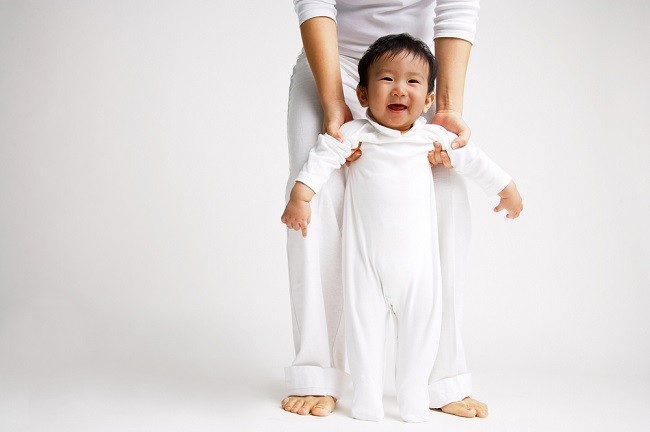A entangled baby in the umbilical cord is one of the most common conditions during pregnancy. This condition is generally harmless, but should be monitored regularly because it can sometimes lead to complications.
A baby entangled in the umbilical cord is not always dangerous because a healthy umbilical cord has been protected by a jelly called Wharton's jelly. This jelly serves to keep the umbilical cord elastic, so the baby can still move freely.

Almost half of cases of umbilical cord coiling can be released by itself due to the influence of movement or displacement of the baby's position in the womb. However, the movement of this baby on the other hand can also be dangerous because it can cause the blood vessels in the umbilical cord to be pinched or compressed.
When this happens, the blood flow that carries oxygen to the baby can be blocked. Obstruction of blood flow to the baby can also occur when the umbilical cord is wrapped around the baby's neck too tightly.
Various Causes of Babies Twisted in the Umbilical Cord
The umbilical cord is the lifeblood of the baby which serves to deliver oxygen and nutrients from the mother to the baby in the womb. The umbilical cord is generally 50 cm long and can be wrapped around 360 degrees around the baby's neck and body. The main cause of entangled umbilical cord is the baby is too active to move in the womb.
It is important to know that a baby is entangled in the umbilical cord not because of what the mother is doing, but because the baby is moving in the womb, and this is normal. Pregnant women may not experience any symptoms, so they cannot know that their baby is wrapped in the umbilical cord.
In addition to active movement, there are several things that can cause a baby to become entangled in the umbilical cord, namely:
- Pregnant with twins
- Have excessive amniotic fluid
- Have a long umbilical cord
To find out if the baby is entangled in the umbilical cord, you need to do regular pregnancy check-ups to the obstetrician. Ultrasound examination (USG) can help detect the twisting of the umbilical cord.
If the ultrasound shows that the baby is wrapped in the umbilical cord, the doctor will monitor its development and plan the right delivery process according to your condition and the baby in the womb.
Handling a baby wrapped in the umbilical cord
While entangling the baby's umbilical cord is generally harmless, it can cause problems when the umbilical cord is wrapped around the baby's neck during delivery. The doctor will pay close attention to whether or not the umbilical cord is wrapped so that blood flow to the baby is not obstructed.
If the umbilical cord is not tightly wrapped around the baby's neck, the doctor can easily remove it by loosening the cord over the head. However, if the umbilical cord is wrapped around more than once or if the umbilical cord is wrapped around the baby's neck very tightly, chances are the umbilical cord will be clamped and cut before the baby's shoulders are out of the vagina. In infants experiencing respiratory problems due to entanglement in the umbilical cord, generally newborn resuscitation measures will be required.
Actually there are signs that you can feel when the baby's neck is wrapped around the umbilical cord, namely:
- The movement of the baby in the womb feels different. Babies who are wrapped in the umbilical cord can move quickly and suddenly. Then after that, his movements slowed down considerably.
- Babies move slowly in the last weeks leading up to birth.
You don't have to worry too much if the doctor says that your baby is entangled in the umbilical cord. This condition is generally manageable and the baby can still be born through normal delivery. It's just that you have to regularly visit the obstetrician so that the movement and development of the baby is continuously monitored.









